Gregor MacGregor
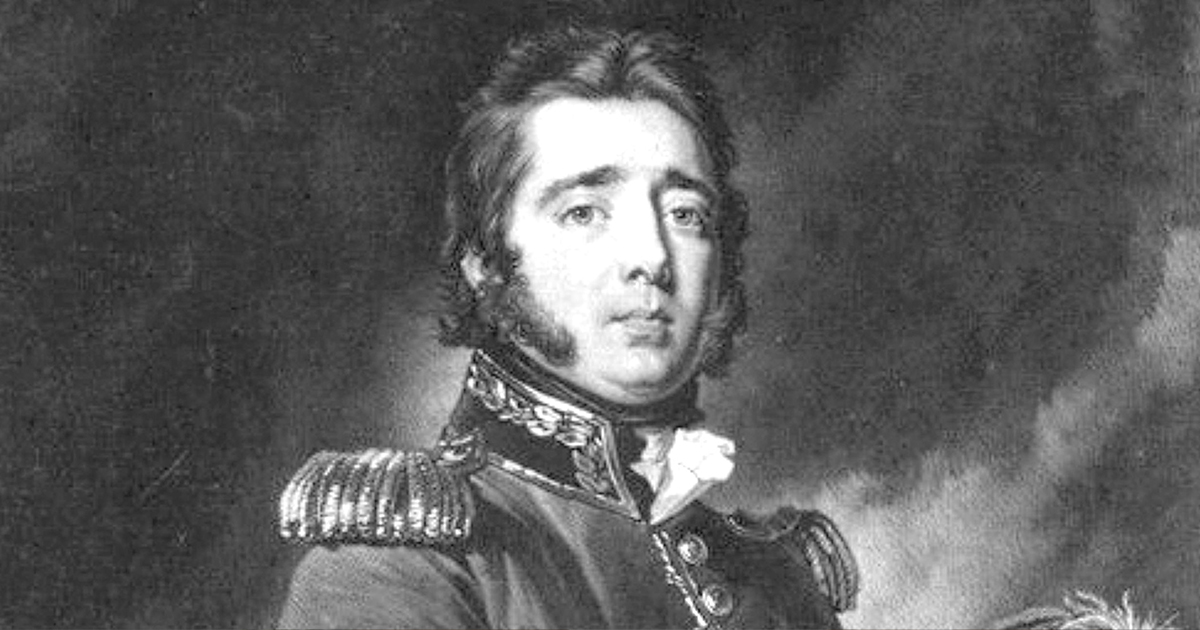
After fighting in Venezuela’s War of Independence (1810-1811), Scottish soldier Gregor MacGregor managed to make $1.3 million – roughly $5 billion in today’s money – by running a series of scams based around the claim that he was the ruler of the South American country Poyais. If you’ve never heard of Poyais, there’s a very good reason: no such place has ever existed.
Charles Ponzi
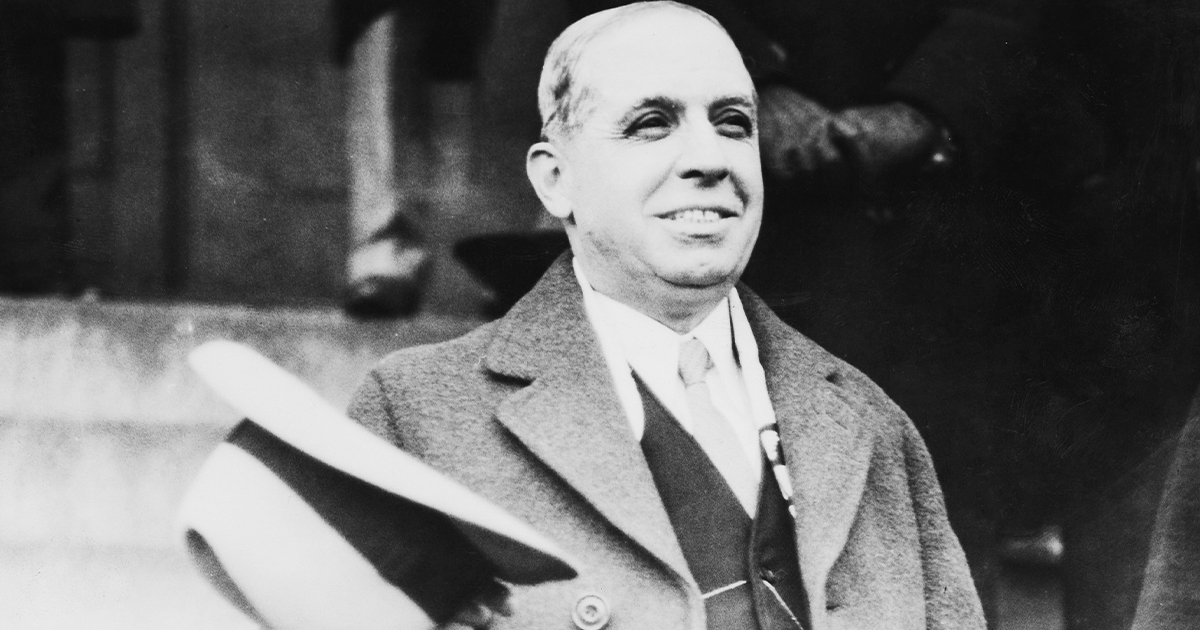
One con artist whose name is guaranteed to live in infamy is that of Charles Ponzi, the creator of the Ponzi Scheme. This now infamous method of fraud presents an investment opportunity, then uses funds from the latest investors to pay off the older investors. Ponzi used this approach to earn $32 million (roughly $475 million today) before he was exposed and jailed.
Jeanne de Valois-Saint-Remy
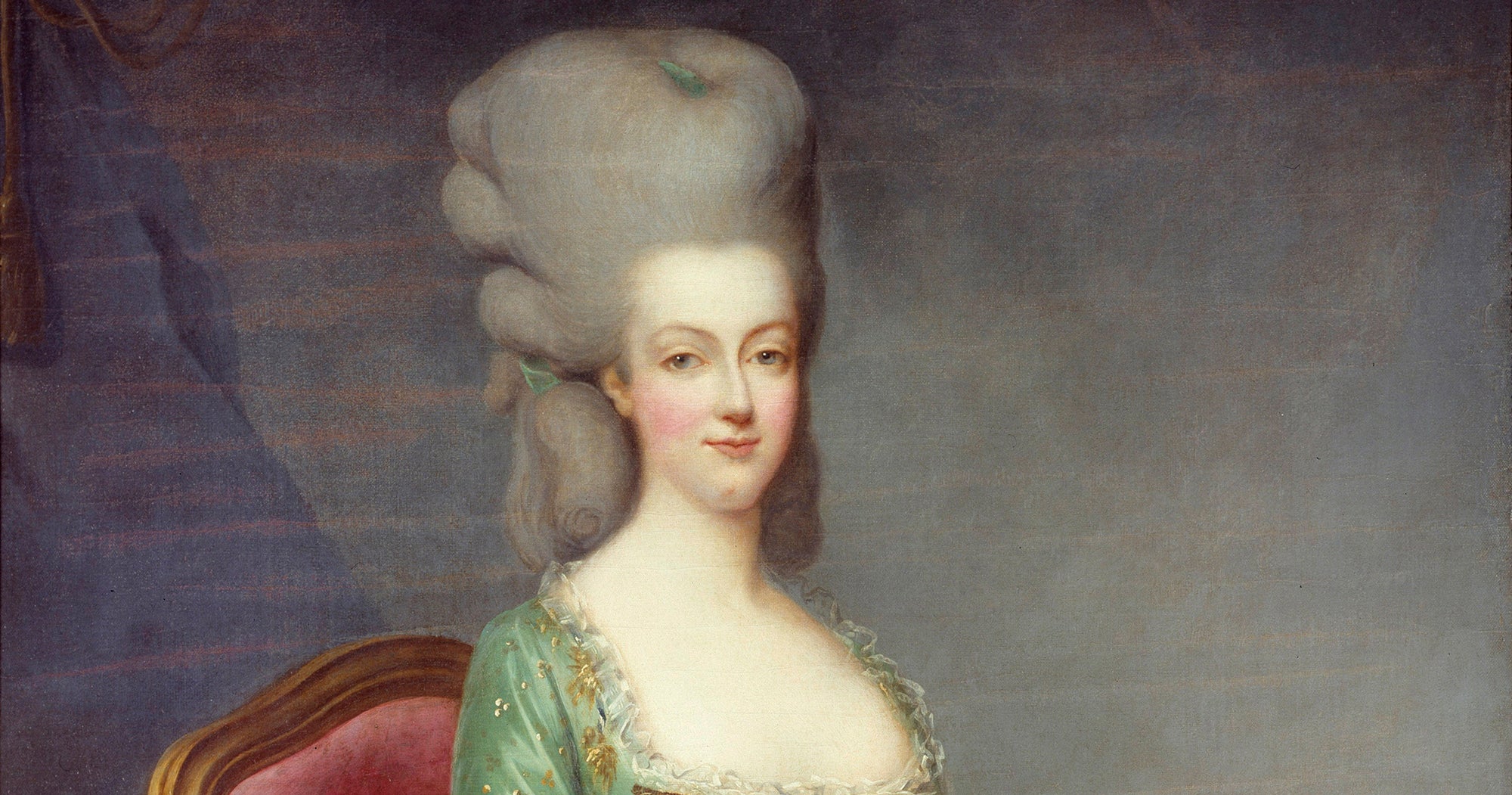
The most infamous cons are the ones with the biggest impact, and you can’t get much bigger than toppling a royal family. Jeanne de Valois-Saint-Remy lied her way into the confidence of French aristocracy in the 18th century, resulting in the infamous Affair of the Diamond Necklace, which disgraced Queen Marie Antoinette and paved the way for the French Revolution.
Simon Leviev

The man born Shimon Hayut became a successful con artist under the name Simon Leviev, but he is known by another epithet: the Tinder Swindler. Using the dating app, he presented himself as the son of an Israeli billionaire, and would woo women with tastes of a lavish lifestyle, then persuade them to ‘lend’ him money under false pretences which he would never pay back.
Frank Abagnale Jr.

You know you’ve made an impact when Leonardo DiCaprio portrayed you in a Steven Spielberg movie. The subject of 2002’s Catch Me If You Can, from his teens Frank Abagnale Jr. ran a series of elaborate cons which saw him impersonate a pilot, a doctor, a lawyer and more. In this time he claims to have cashed $2.5 million in bad checks.
William Chaloner
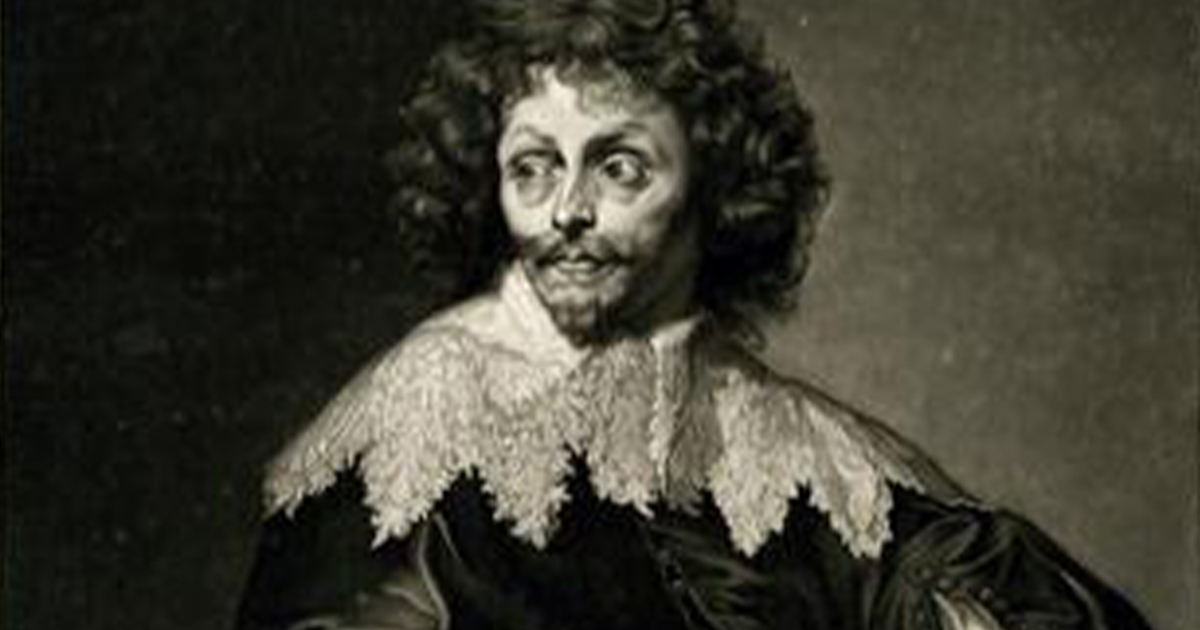
Back in 17th century England, producing counterfeit money was a crime punishable by death. As such, William Chaloner truly took his life in his hands when he made an illicit fortune making fake coins. This was just one among a number of nefarious activities Chaloner got involved in, ultimately leading to his execution in 1699.
C.L. Blood
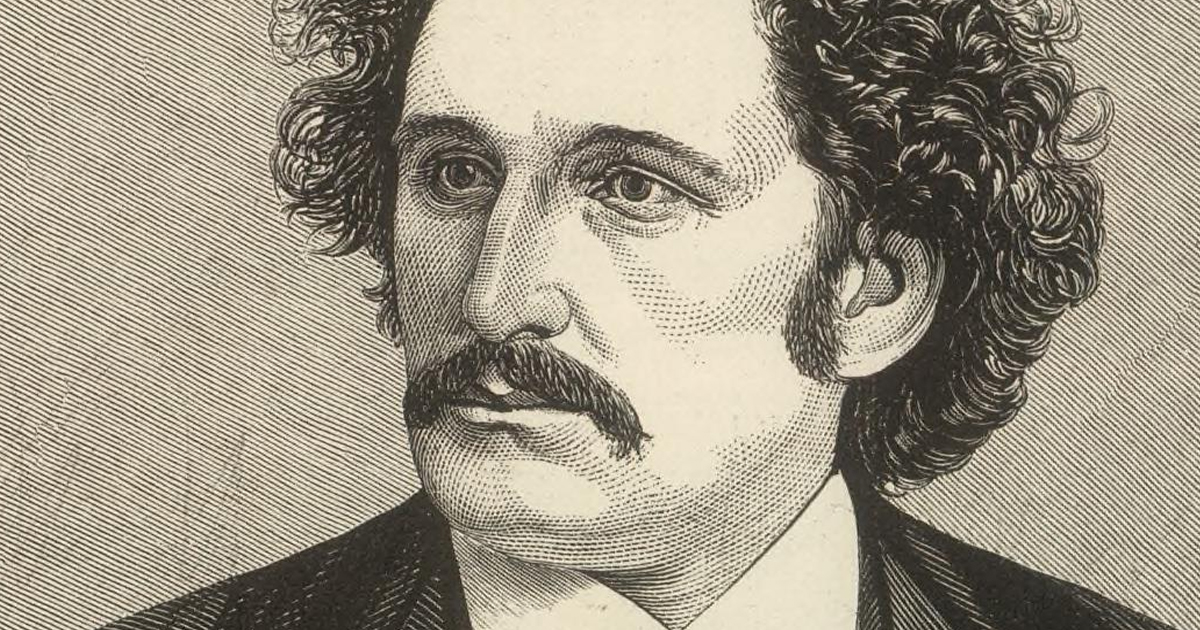
Operating in late 19th century America, Charles Lewis Blood presented himself as a master physician who did a roaring trade selling his creation oxygenized air, which he claimed was able to cure a wide range of throat and lung diseases. This was in fact nitrous oxide, which did none of those things, and Blood wound up serving hard time for fraud.
Anna Delvey

Anna Delvey was a prominent socialite in the 2010s. However, it eventually turned out that Delvey was really Anna Sorokin, and had deceived her way into the high life by promising her wealthier friends she’d pay them back. Found guilty of stealing $300,000 and attempting to steal a further $22 million, she did three years jail time, and was immortalized in Netflix series Inventing Anna.
Victor Lustig
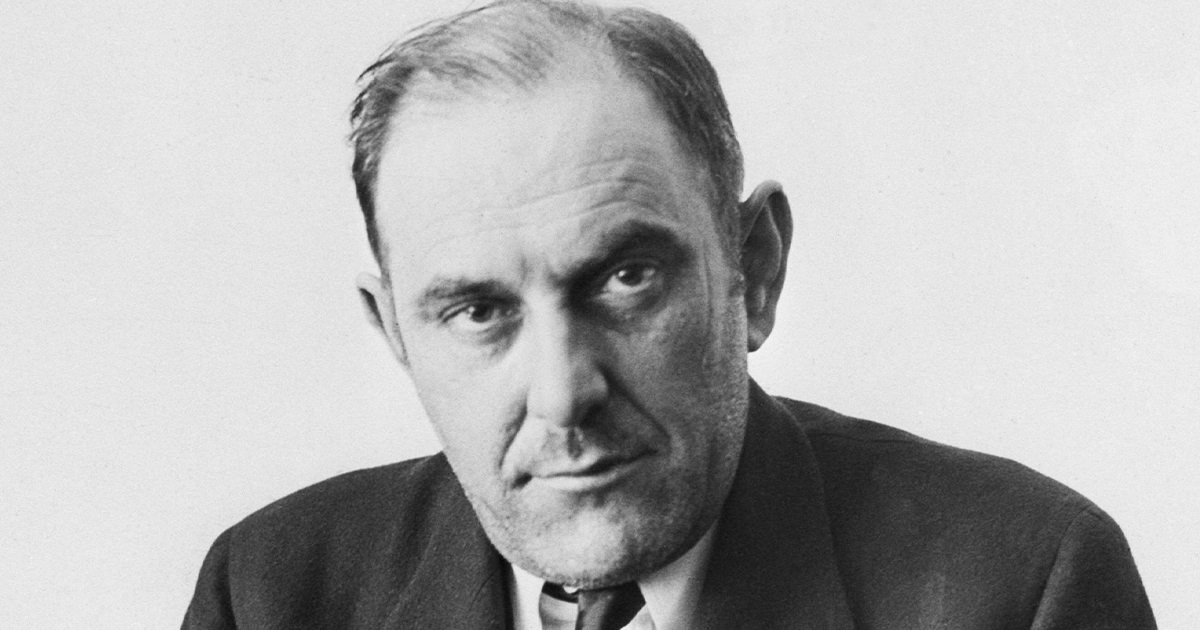
Hungarian-born Victor Lustig really exemplifies the go-big-or-go-home mindset of the worst con artists. Not only did he once run a scam that he was selling the Eiffel Tower for scrap metal, Lustig also managed to dupe the infamous Al Capone into giving him money. Eventually jailed for counterfeiting, Lustig escaped his first prison in New York and wound up living his last days in Alcatraz.
Reed Slatkin

The Reed Slatkin Investment Club, named for its founder, promised huge returns to its investors via a range of seemingly legitimate business ventures. In reality, however, Slatkin was operating a massive Ponzi scheme, and he was able to keep it going for 15 years before an investigation shut him down. Before dying behind bars, he conned investors out of a staggering $593 million.